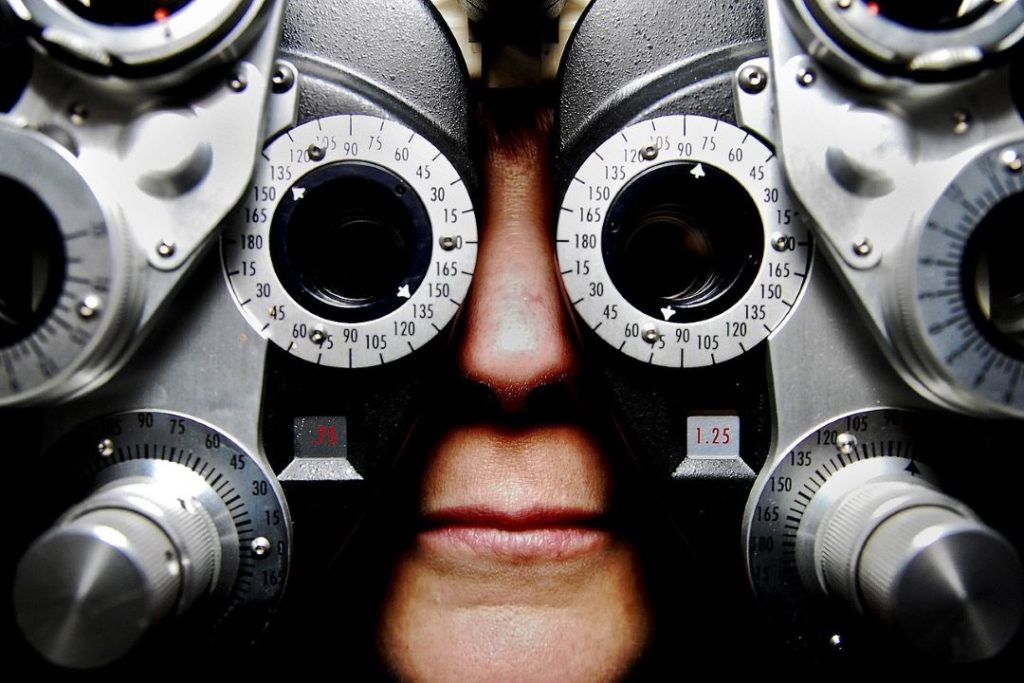
Contents
What is eyesight?
Sight is the perception of light that is received by the eye(s) from objects in a scene, sensed through the eyes, then processed by the brain. Sight is also called eyesight, seeing and vision. The later parts of this process are also called visual perception.Types of vision problems
Most common adult vision problems include blurred vision (called refractive errors), age-related macular degeneration, glaucoma, cataract, diabetic retinopathy. Most common childhood vision problems include blurred vision, crossed eyes (called strabismus), lazy eye (called amblyopia).Signs and symptoms
- Severe, sudden eye pain.
- Hazy, blurred or double vision.
- Seeing flashes of light or sudden bright floating spots.
- Seeing rainbows or halos around lights.
- Unusual, even painful, sensitivity to light or glare.
- Swollen and red eyes.
- Changes in the color of the iris.
- White areas in the pupil of the eye.
- Itching, burning or a heavy discharge in the eyes.
Causes of eyesight problems
- Reading or working in low-light conditions and bright light without eye protection and prolonged viewing of television.
- Another cause of short sight which is similar to the first one is reading fine print for too long and working at computers for extended for long periods of time.
- Nutrition and diet can be another great cause of our vision. Your eyes are two vital and essential organs that require balanced diet to keep them healthy.
Preventive Tips
- Keep screens at a distance: Experts recommend that you keep your eyes at least an arm’s length from a computer screen and 16 inches from a hand held device.
- Take blinking breaks: Blinking is important because the upper eyelid spreads tears over the front of the eye, or cornea
- Wear shades: Shades protects eyes from UV exposure. This exposure to ultraviolet (UV) rays can deteriorate vision, leading to cataracts, age-related macular degeneration and noncancerous and cancerous growths on the eyes’ surface, eyelids and surrounding skin.
- Try a seafood diet: You probably know that omega-3 fatty acids can bolster heart and brain health, but they can also decrease your risk of eye disease.
- Make over your makeup routine: Bacteria can thrive in mascara, so toss the tube after three months. Also, sharpen liner pencils regularly. To line the base of your lashes, but putting liner inside the lash line can block the oil glands, which protect your eyes’ surface.